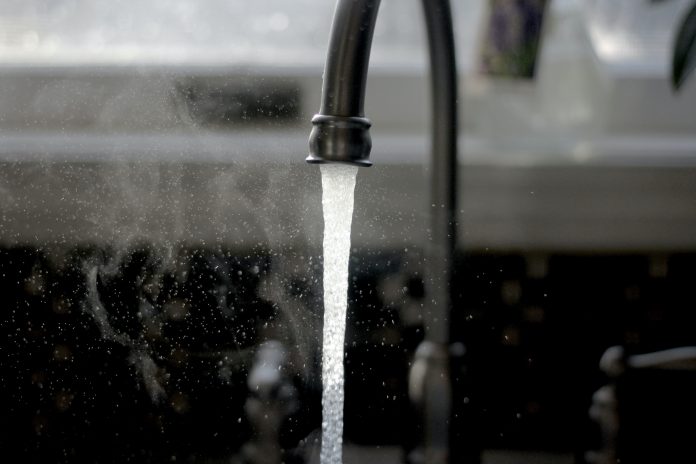Building owners and managers must be vigilant over potentially fatal Legionella at buildings left vacant due to coronavirus, urges property and construction consultancy, Ingleton Wood
Ingleton Wood has issued a warning over potentially fatal Legionella at offices and other buildings left vacant due to coronavirus.
With the current lockdown, many buildings will be empty or experiencing minimal occupancy and, as a result, domestic water systems within the building could potentially become a Legionella risk if action, such as regular flushing, is not taken.
Unoccupied buildings run the risk of water stagnating, providing conditions where harmful Legionella bacteria can proliferate.
Ingleton Wood is now urging property owners, managers and tenants across the region to be aware of the risks and take appropriate action.
‘Be vigilant and aware’
Wesley Henderson, building services engineer at Ingleton Wood, said: “The COVID-19 crisis has caused unprecedented building closures. Many have zero or reduced occupancy and now face an increased risk of exposure to Legionella. That’s why we’re encouraging building owners, managers and landlords to be vigilant and aware of their legal obligations.
“One of the greatest risks of potential exposure to Legionella will be when the lockdown ends. It is imperative that the water systems are made safe prior to reoccupation.
“It is not necessarily recommended to drain down mothballed systems as this does not always eliminate the risk. But in all circumstances the flushing of water should be exercised with caution as there is potential for stagnant water to form aerosols containing the bacteria.
“Risk assessments should also identify the risks and control measures required. If in doubt, a specialist water treatment company should be consulted.”
Legionnaires’ disease is a type of pneumonia caused by bacteria. It is usually contracted by breathing in mist from water that contains the bacteria. Exposure to Legionella can be caused by inhaling droplets of water from things like air conditioning. Symptoms include a high temperature, fever, cough, muscle pains, headache, diarrhoea and mental confusion.
Six ways to tackle Legionella risk in vacant buildings amid COVID-19
- Review the Legionella risk assessment and written control scheme, particularly with current occupancy and operations in mind
- Identify low use water outlets and set up a flushing regime
- Identify if occupants or visitors may be more susceptible to Legionella and control the risk
- Ensure flushing of low or zero use outlets on a regular basis and recording of such activities
- Ensure routine water temperature testing records are maintained
- Ensure that water systems which have been left stagnant are recommissioned as if new (i.e. sterilising, microbiological testing).














